To effectively provide post-flood relief, it is important to “visit” to choose the areas that need the most help, to know what needs to be given most, thereby helping to mobilize the right resources and give to the right purpose.
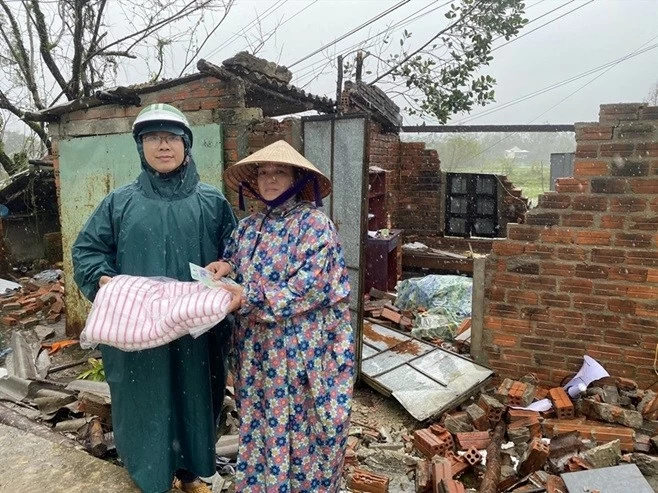 |
| The author of the article, lay Buddhist Luu Dinh Long (left) on a relief trip. (Photo: NVCC) |
Storm No. 3 (Yagi) recently made landfall in the northern provinces and cities and was considered the strongest storm in the past 30 years. The head of the Government, when directly visiting the areas most affected by the storm and flood, especially in Lang Nu (Lao Cai), burst into tears because of the devastation and great pain of the people.
Reporting at the “Standing Government Conference with localities affected by storm No. 3 on solutions to overcome consequences, support people and businesses to stabilize their lives, restore production and business activities, and promote growth” held on the morning of September 15, in Hanoi, Minister of Planning and Investment Nguyen Chi Dung said that preliminary and incomplete estimates show that property damage caused by storm No. 3 is about 40,000 billion VND.
Of these, about 257,000 houses, 1,300 schools and many infrastructure works collapsed and were damaged; 305 dike incidents occurred, mainly large dikes of level III or higher; over 262,000 hectares of rice, crops and fruit trees were flooded, damaged and collapsed; 2,250 aquaculture cages were damaged and swept away; nearly 2.3 million livestock and poultry died and nearly 310,000 urban trees were broken.
To date, 353 people have died or gone missing, about 1,900 people have been injured and the disaster has caused severe psychological trauma to many people in the disaster area, especially children, the elderly and vulnerable groups.
Should "visit" the area
In this terrible storm and flood, the consistent direction of the Party, the State, and all levels from the central to local levels, along with the spirit of sharing of the people, has partly alleviated and initially overcome the damage. The most urgent issue at this time, in addition to food and food for hunger relief on the spot with the spirit of not letting any people go hungry or cold, is the repair and restoration of damaged public works, civil works, and schools must be done as soon as possible.
As the year comes to an end, storms and floods become more complicated, so effective prevention plans are needed to minimize damage. After taking care of hunger and cold for the people, relying on support resources, contributions from the state, the people, and the joint efforts of organizations, unions, and businesses, etc., depending on the level of damage in each region and locality, timely and specific support will be provided so that people can gradually recover.
In fact, most of the relief groups in our country operate on a voluntary basis. Since it is voluntary, everything depends on the heart. Therefore, sometimes the charity groups do not know the area, do not know exactly and sufficiently the actual needs of the local people in the flood-hit areas, so there is no regulation from the quantity to the type of relief goods appropriately.
This leads to the fact that some places receive more, some places receive less; there are things that people really need to rebuild their lives that are not given, but there is an abundance of essentials that are damaged, moldy, or not used up and have to be thrown away. Relief from hunger and cold is very necessary in times of emergency, but then it needs to be carefully studied, to "meet" the actual needs of the people. In my opinion, that is the way to carry out relief and charity effectively.
How to give and what to give in this day and age is no longer a matter of attitude towards the poor, those affected by disasters and epidemics, but rather how to do it scientifically. It is heartbreaking to see places where so many relief groups bring instant noodles, banh chung, banh tet, but cannot use them all and have to throw them away because they are spoiled, rancid, or expired.
Furthermore, due to lack of familiarity with the terrain and the chaos of storms and floods, relief teams sometimes lack skills and do not perform their duties properly, leading to unfortunate accidents. This is also something that relief teams need to pay attention to in order to do good deeds in the long term, benefiting both themselves and others.
The key factor to ensure the effectiveness of relief activities is “understanding and compassion”. Compassion for those who are in difficulty, suffering, suffering from natural disasters, or experiencing loss is national sentiment and compatriotism. But compassion must understand what the target needs and bring it, not just what you have or what you think they need.
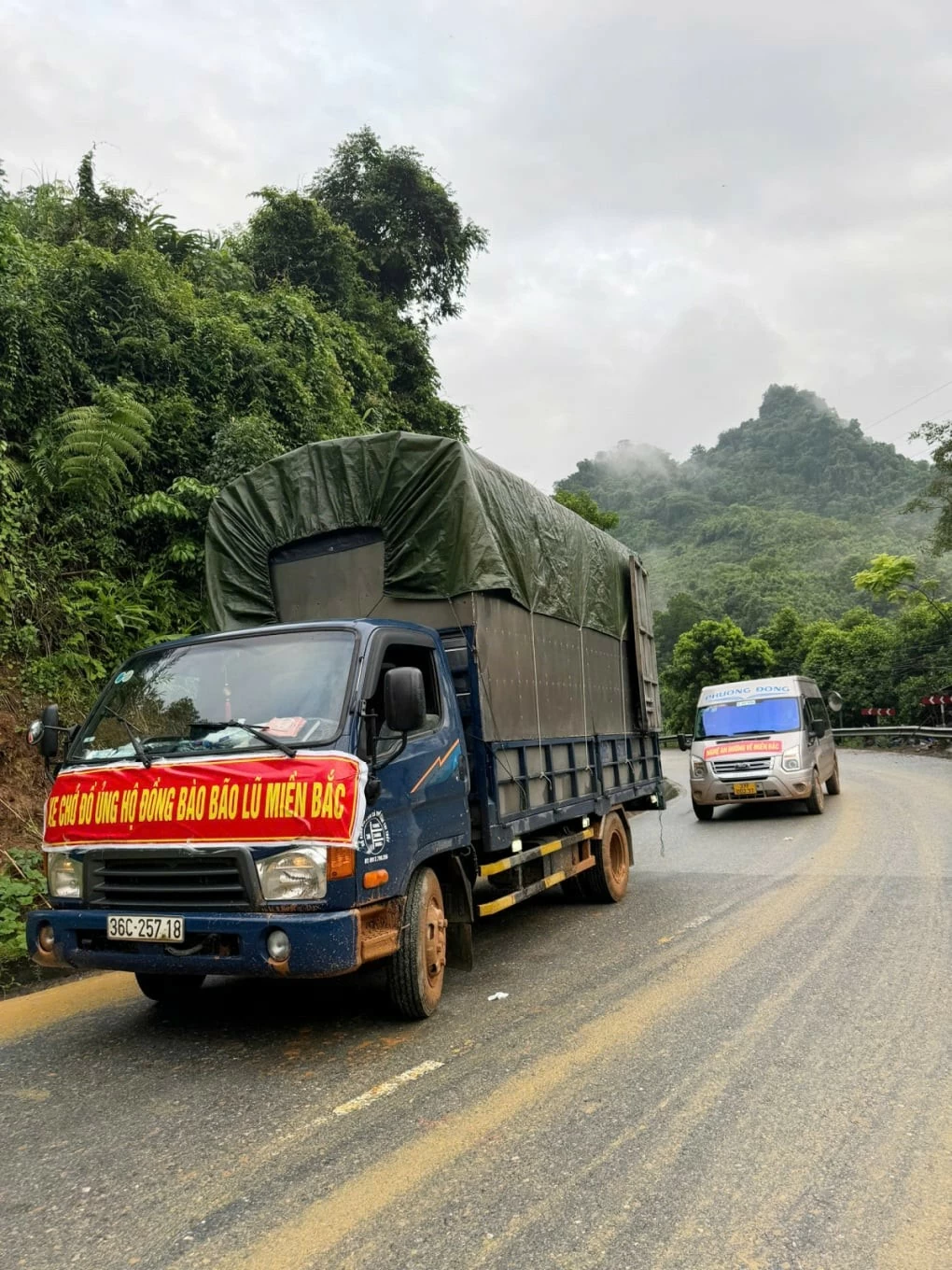 |
| A truck carrying donations from people in Quang Hai commune, Quang Xuong, Thanh Hoa province arrived at the flood-hit areas in Lao Cai on September 13. (Source: VNE) |
No matter what you do, you need a compass to guide you so you don’t get lost. In fact, in this situation, the role of the guide is the locality where the disaster occurred. Charity groups can work closely with local authorities to effectively share the resources they have and mobilize.
Many years ago, when volunteering at the Thousand Paper Cranes Club, Mr. Bui Nghia Thuat, the director at that time, was very experienced in doing charity and relief activities. He shared the steps to be able to give the right "fishing rod" that the local people needed, the most important of which was going to the front line.
That is to go “visit” to choose the areas that need the most help, to know what they need the most, from there to help mobilize the right resources, give the right purpose to help effectively. We cannot bring breeding cows to the sea and tell people to raise them, nor can we bring basket boats to the mountains and tell them to go out to sea and tell them to help them escape poverty, no matter how great the value of the gift is.
Avoid following trends
Saving people in natural disasters is like putting out fires, but it is not everyone's expertise. I, like many others, am moved when seeing big vehicles helping small vehicles or pedestrians avoid strong winds. It is also sharing in special situations.
But after the storm and flood, the professional activities of the State in sectors such as the police, army, medical staff, Red Cross, Fatherland Front, etc. will help people quickly solve the core problems. At that time, people can join together and work together to rebuild public places soon by contributing their efforts.
| To provide effective relief, we need to “visit” to select the areas that need the most help, to know what they need the most, from there to help mobilize the right resources, to give the right purpose to help effectively. We cannot bring breeding cows to the sea and tell people to raise them, nor can we bring boats to the mountains and tell them to go out to sea and tell them to help them escape poverty, no matter how great the value of the gift is. |
During this natural disaster, the Fatherland Front for the first time announced the receipt of the amount. Many organizations, individuals, and businesses joined hands and they were able to track their own contributions. In my opinion, the effective disbursement of the people's contributions also needs to be transparent so that people can see the combined value, see that their contributions bring positive changes to the beneficiaries, surely "a little gift, a lot of heart", next time they will send more positive contributions.
I think that when resources are concentrated, not dispersed, in a "everyone does it their own way" style, they will create more obvious values, avoiding waste and overlap... For example, through monitoring information, I see that peach villages in Hanoi are submerged in water and have died. How they need to recover production, the locality and the people know best about this livelihood issue. Therefore, using charitable resources to target them is to help restore peach villages.
In other localities, there are people who need to rebuild their houses to settle down. When they have settled down, they will start to restore production. That is scientific and long-term relief. Avoid following trends, "diagnosing the right disease" will cure it quickly, supporting people's livelihoods is the same.
On September 15, the Prime Minister directed the review of buried villages, families who lost their homes, and the organization of resettlement in safe places to be completed before December 31, 2024, requiring that the new residence must be better than the old residence, with houses having hard floors, hard walls, and hard roofs. As the Prime Minister's urgent request, in addition to relief, stabilizing the people's situation, restoring production and business, controlling inflation, and promoting growth are the guiding principles at this time.
| Layman Luu Dinh Long has 16 years of organizing Tet gift sharing activities "Unexpected joy", "Happy Mid-Autumn Festival with poor children", member of the "Supporting the future" scholarship fund... He is the author of the books: Listening to your breath, The Heart Sutra I preach to myself, Like leisurely clouds, Like a peaceful wind, Living in peace, Living positively, Loving sincerely. |
Source: https://baoquocte.vn/khong-nen-cuu-tro-kieu-manh-ai-nay-lam-286592.html


![[Photo] April Festival in Can Tho City](https://vstatic.vietnam.vn/vietnam/resource/IMAGE/2025/4/10/bf5ae82870e648fabfbcc93a25b481ea)


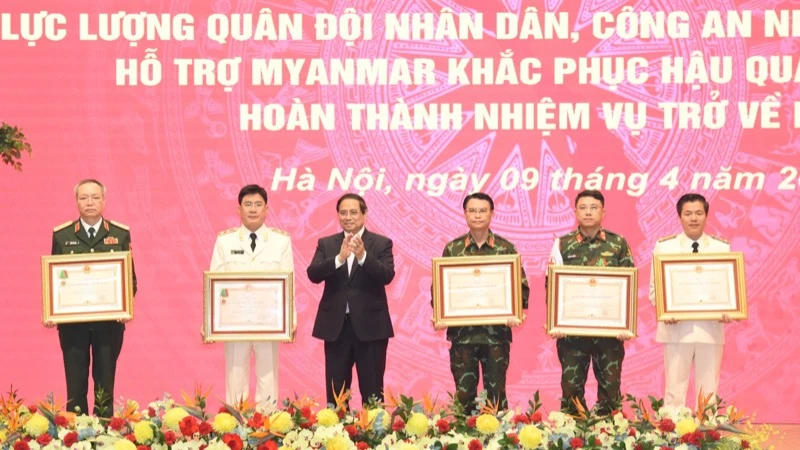
![[Photo] Prime Minister Pham Minh Chinh commends forces supporting Myanmar in overcoming earthquake consequences](https://vstatic.vietnam.vn/vietnam/resource/IMAGE/2025/4/10/e844656d18bd433f913182fbc2f35ec2)
![[Photo] Opening of the 11th Conference of the 13th Party Central Committee](https://vstatic.vietnam.vn/vietnam/resource/IMAGE/2025/4/10/f9e717b67de343d7b687cb419c0829a2)
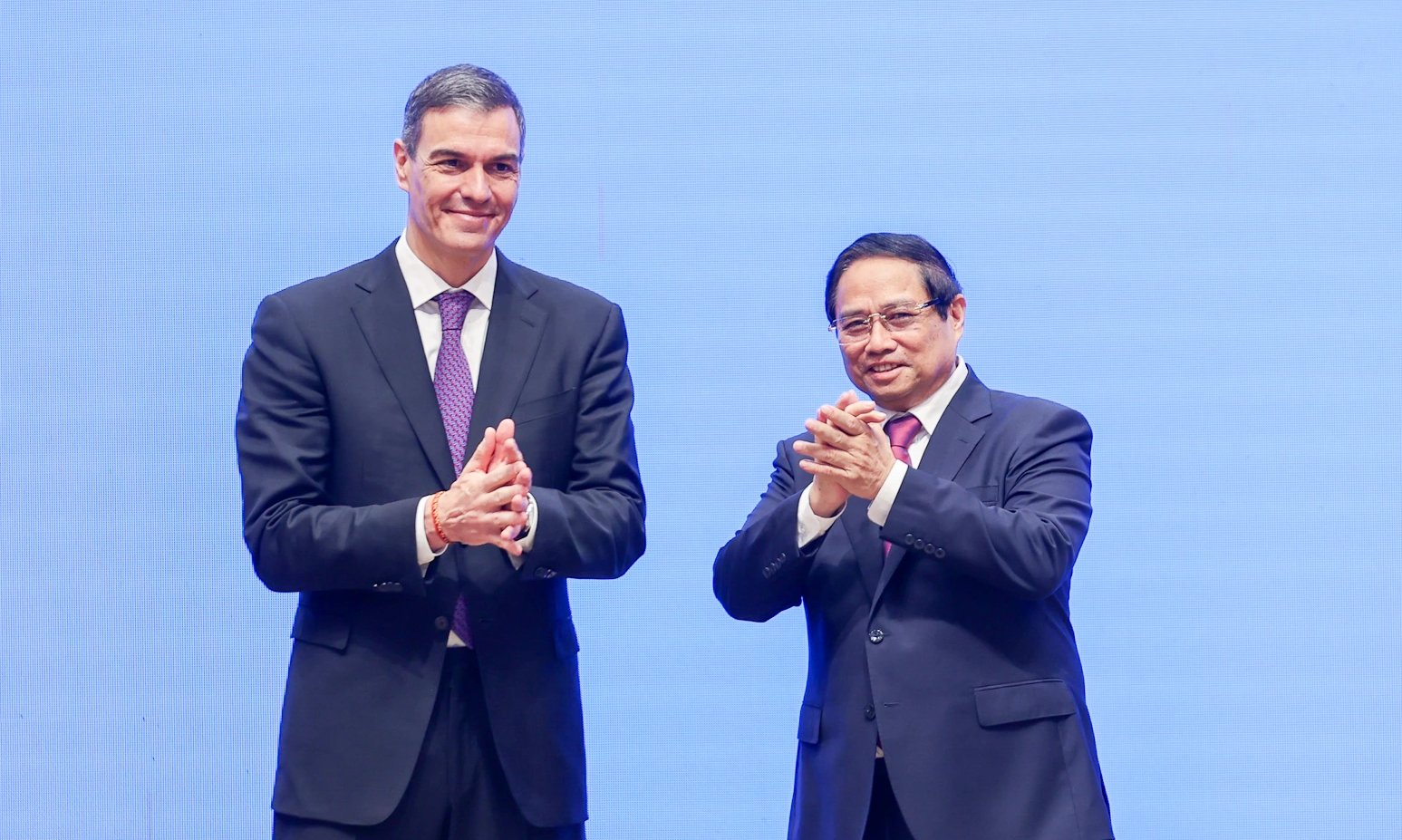

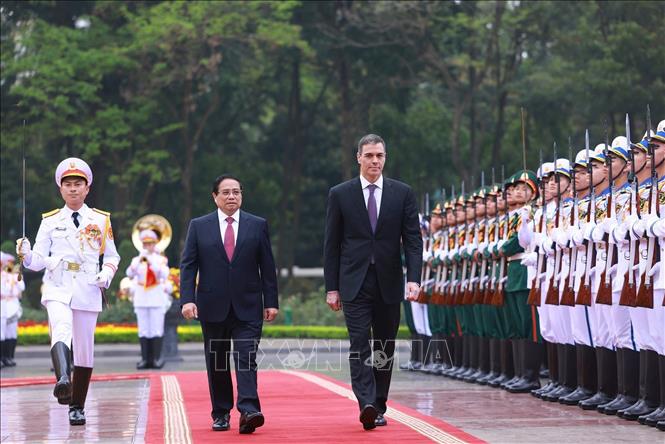


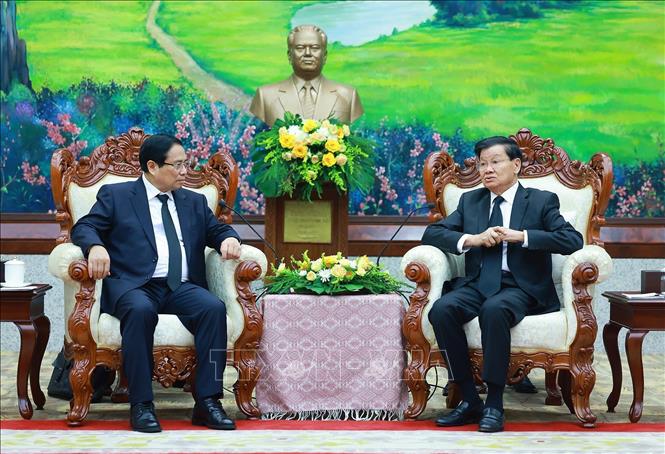
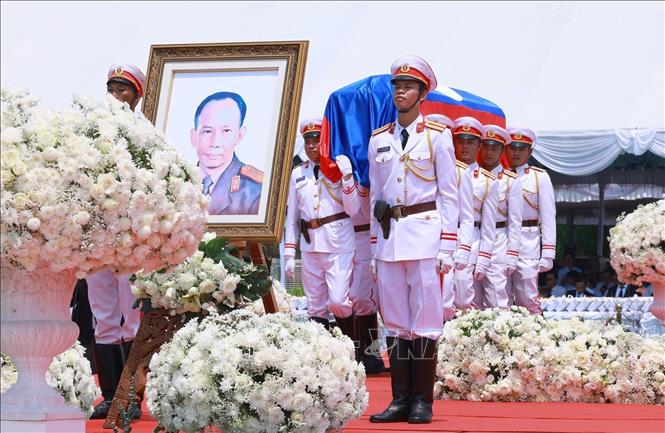
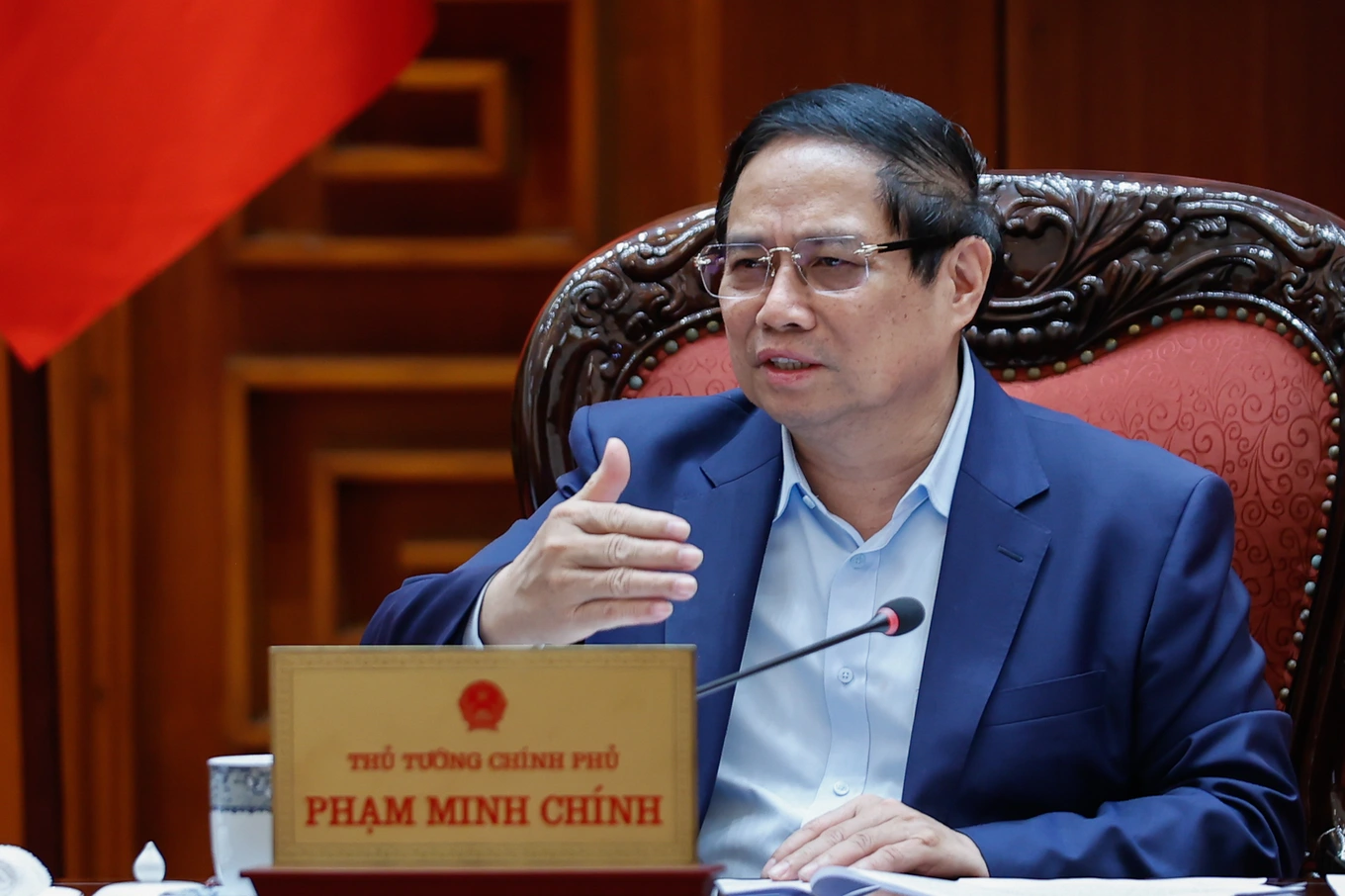

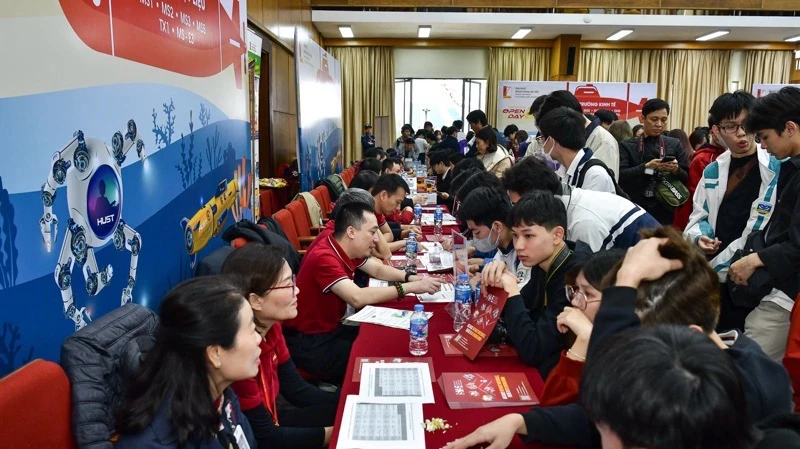
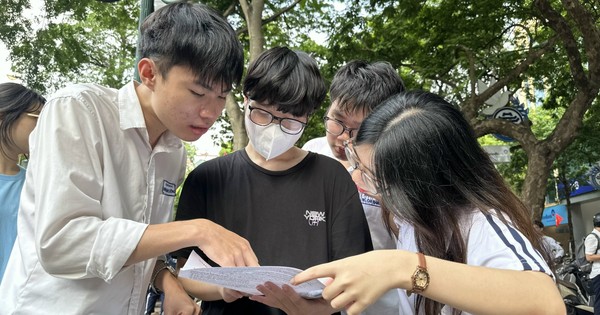
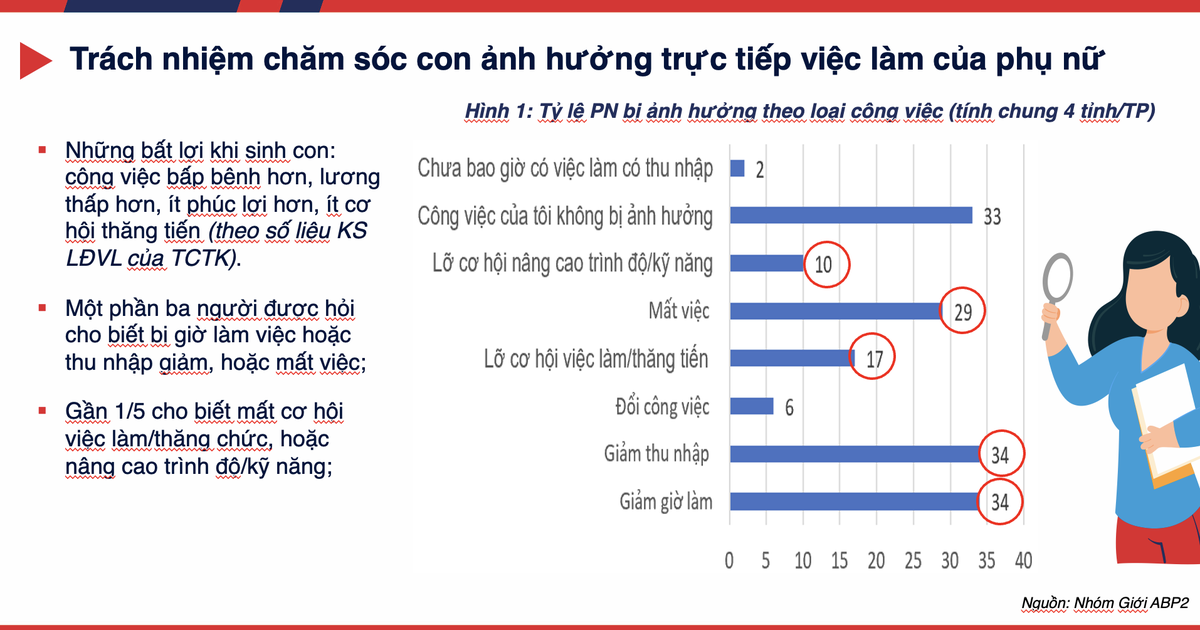
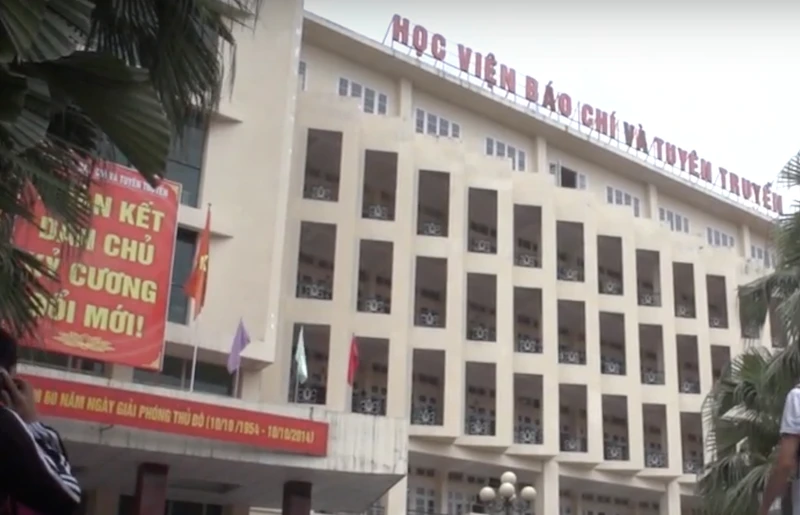
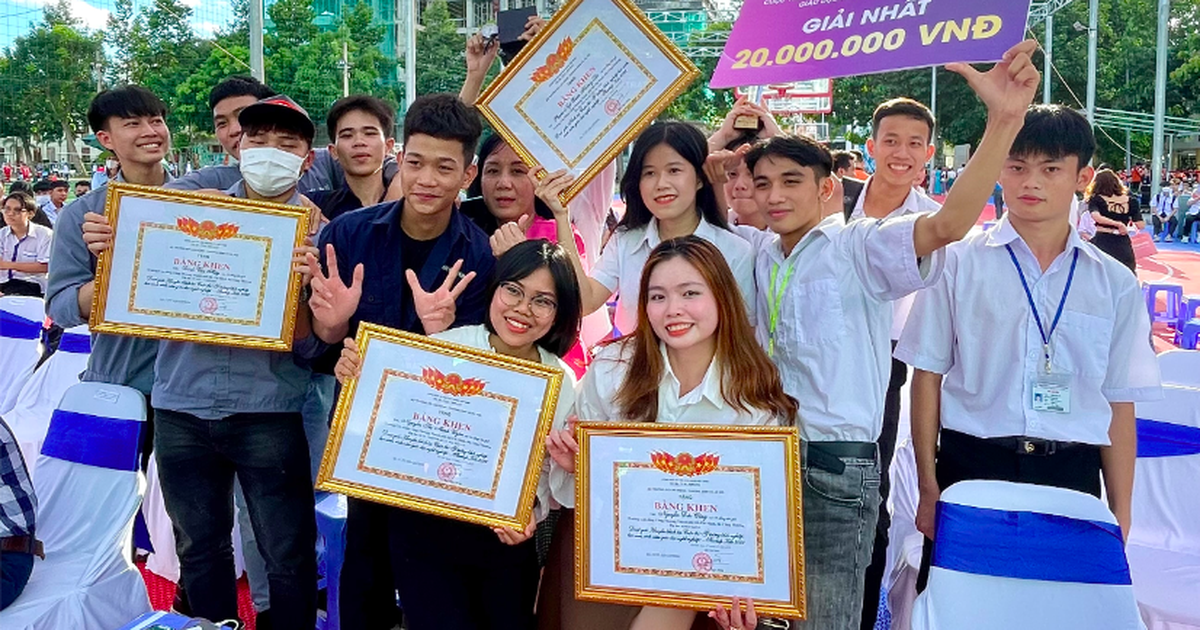




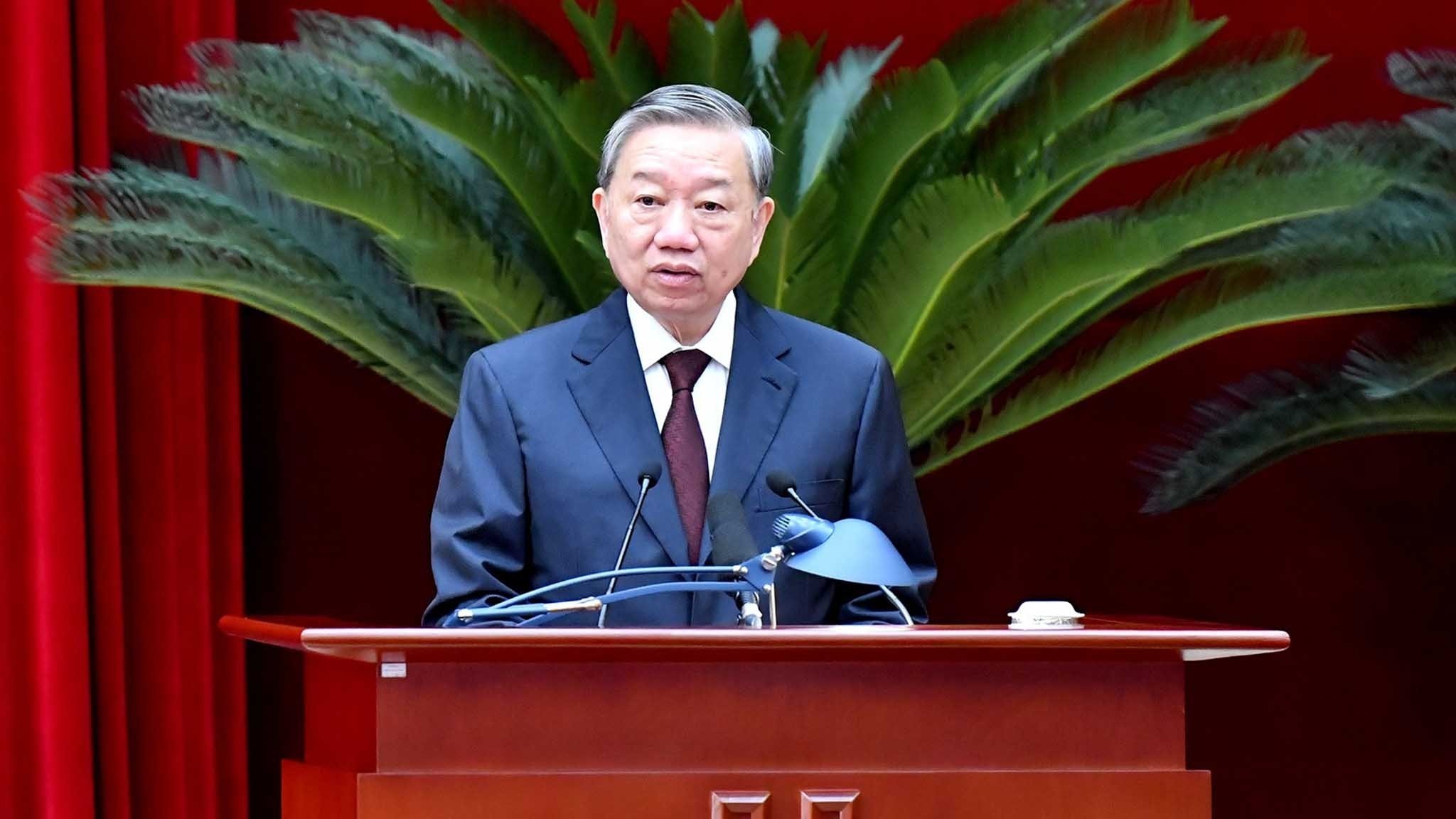

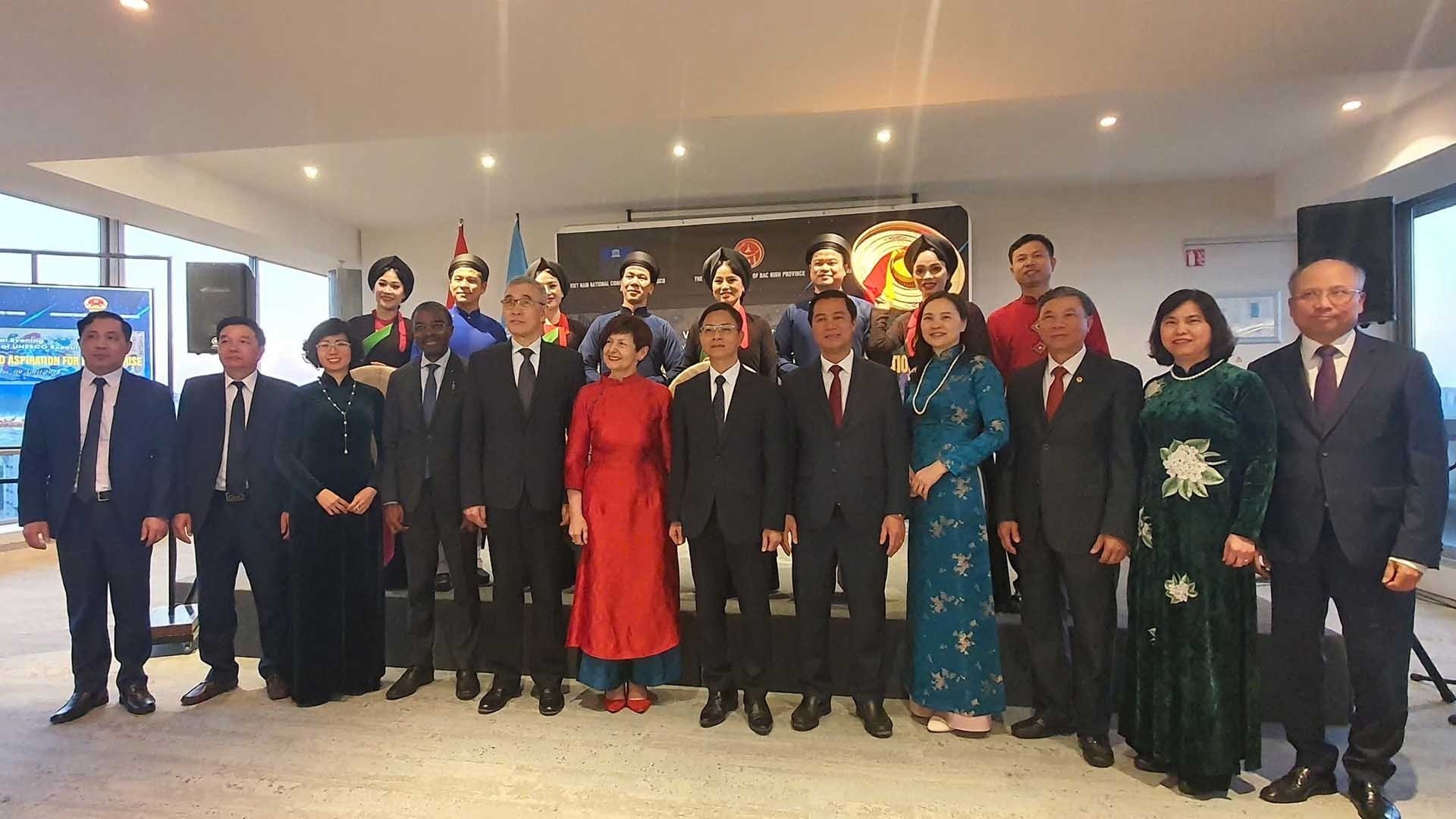



![[Photo] Reliving the heroic memories of the nation in the program "Hanoi - Will and belief in victory"](https://vstatic.vietnam.vn/vietnam/resource/IMAGE/2025/4/10/19ce7bfadf0a4a9d8e892f36f288e221)




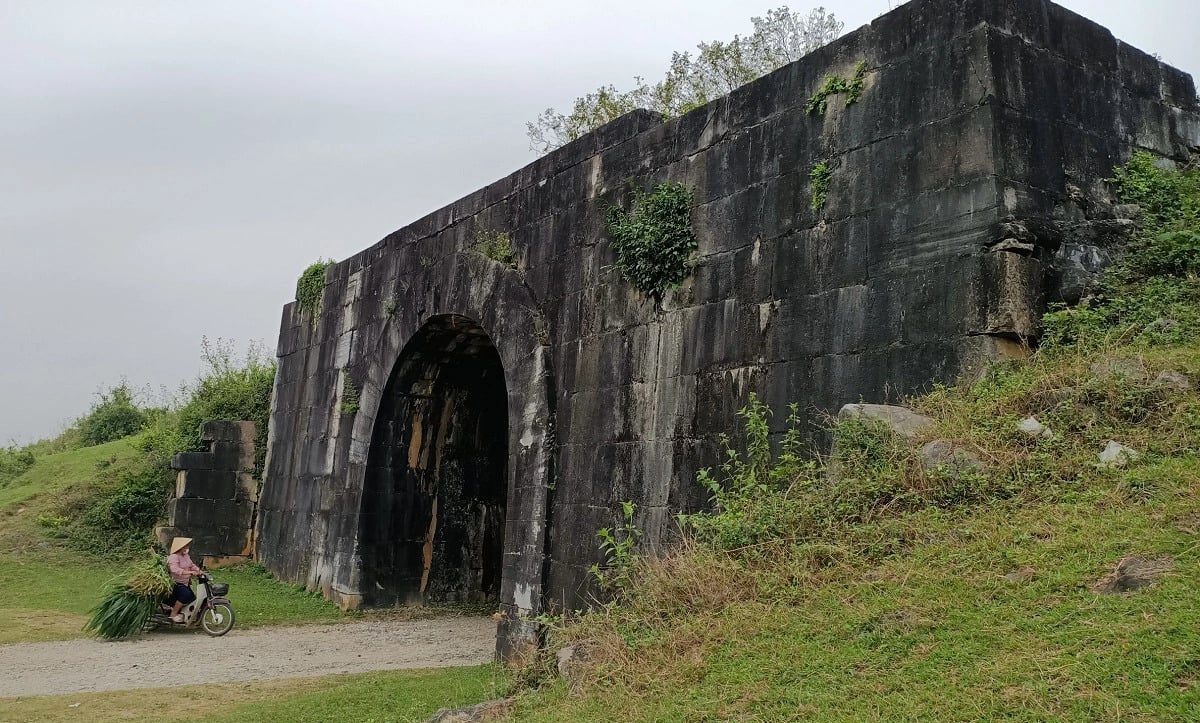

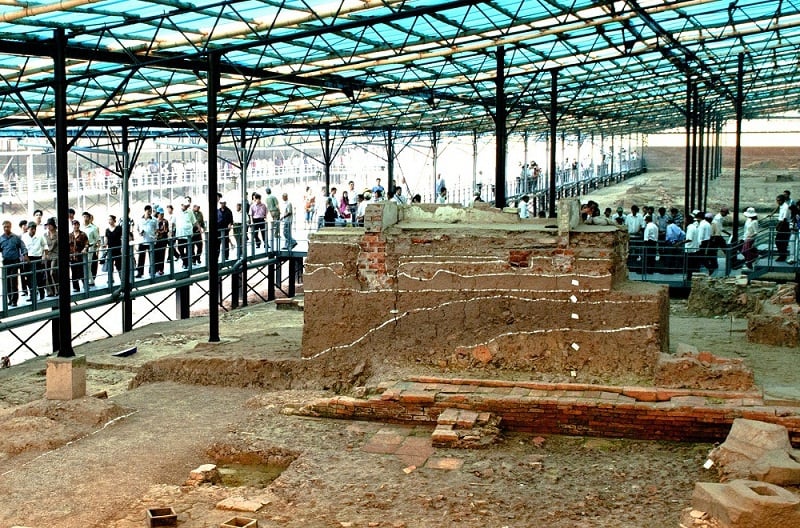

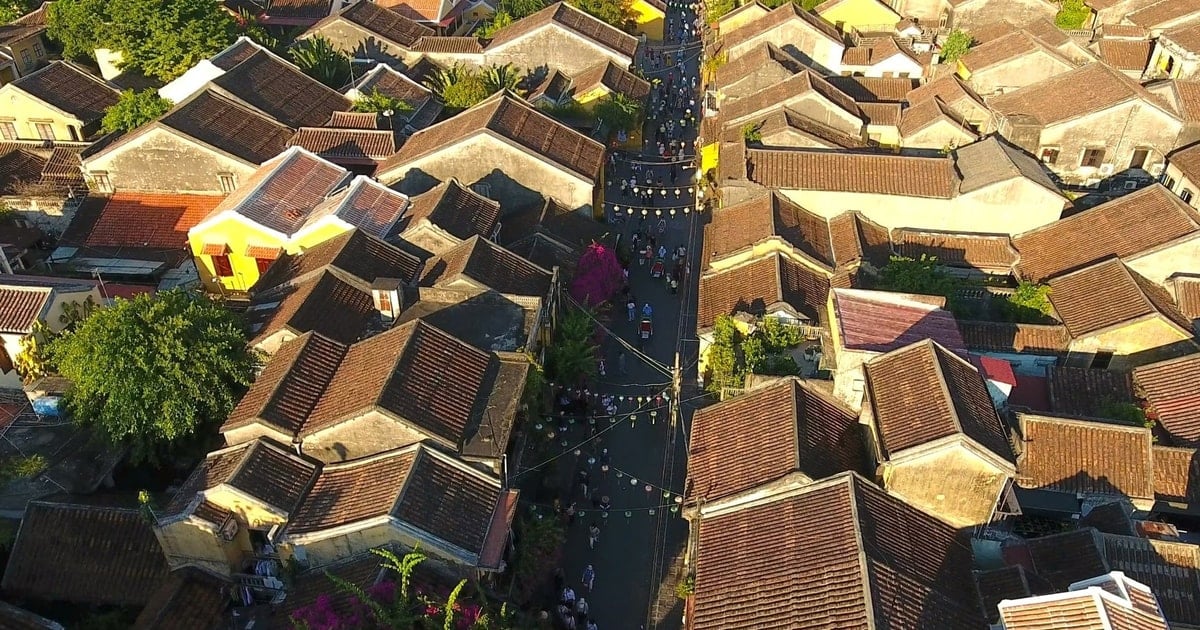








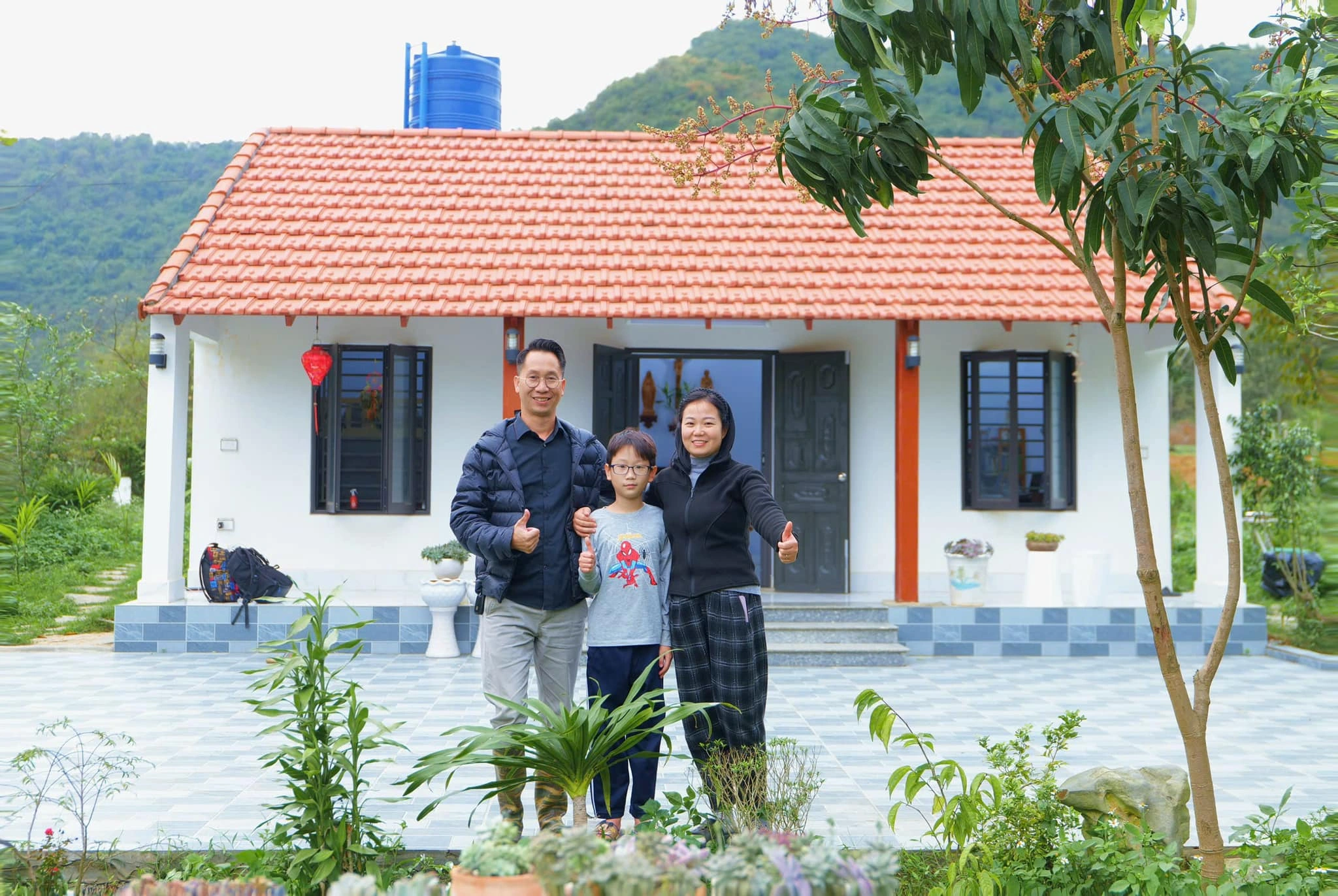
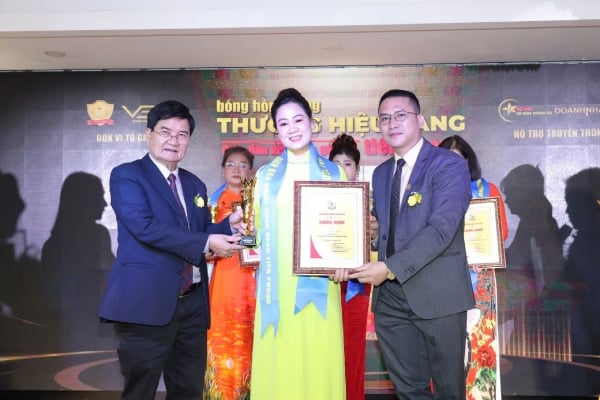




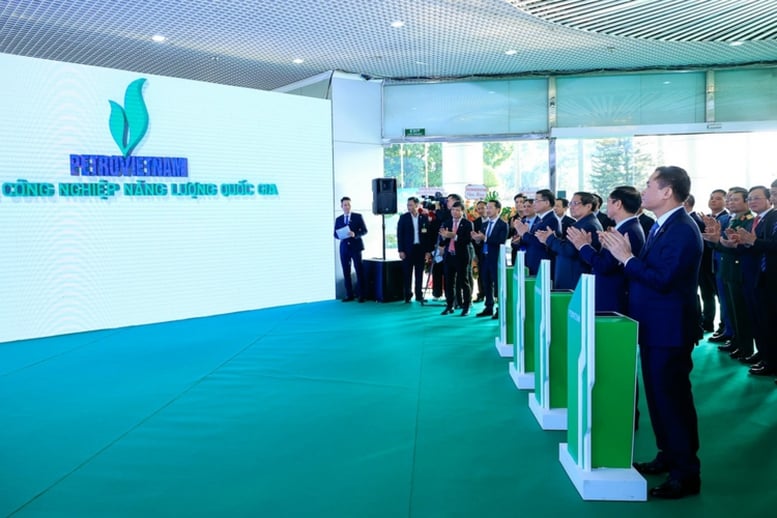

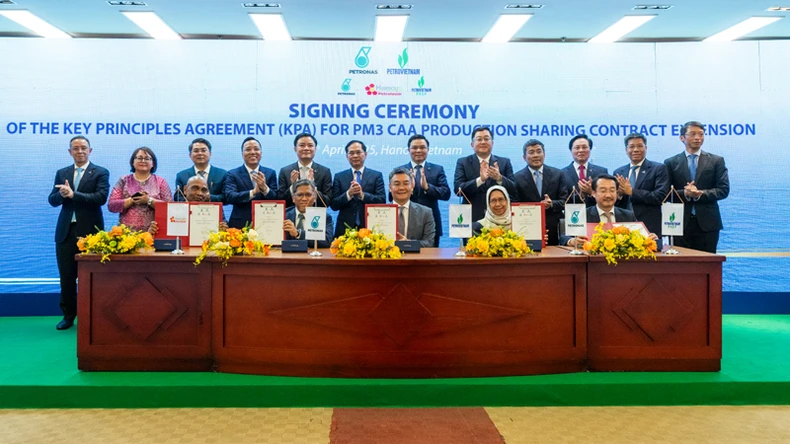

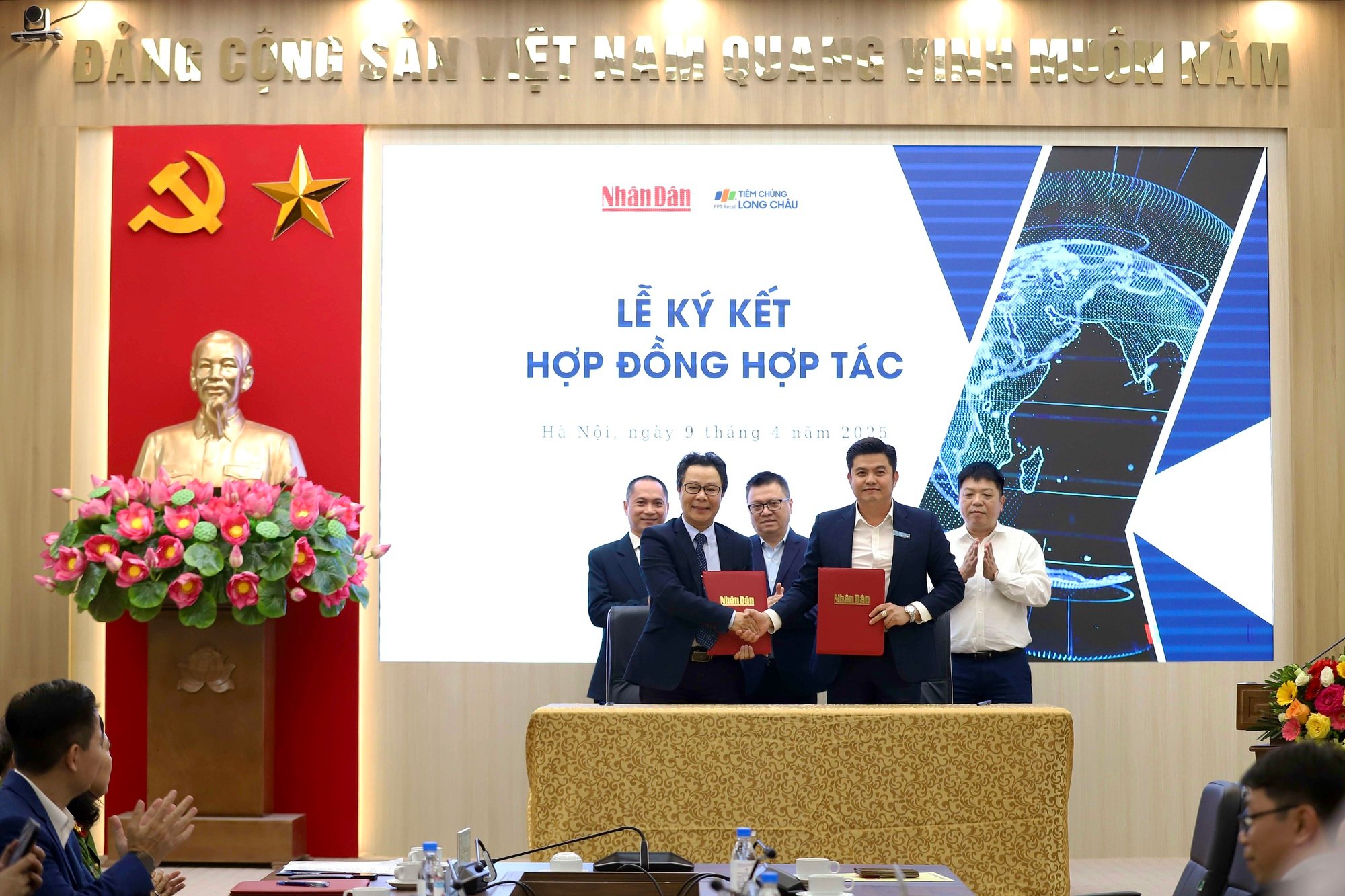
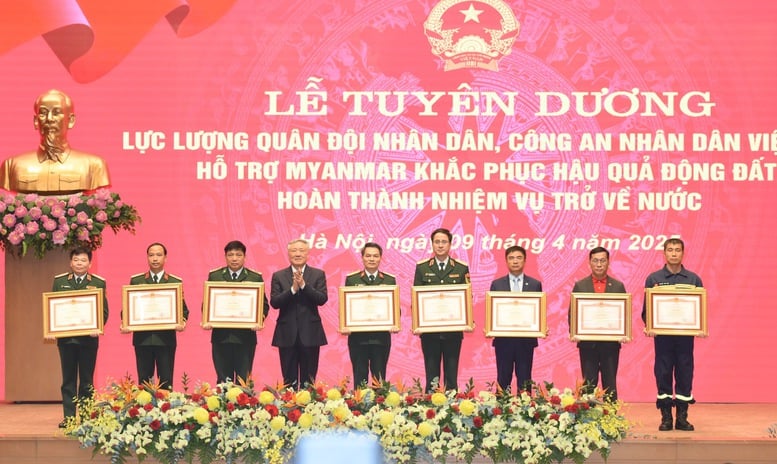
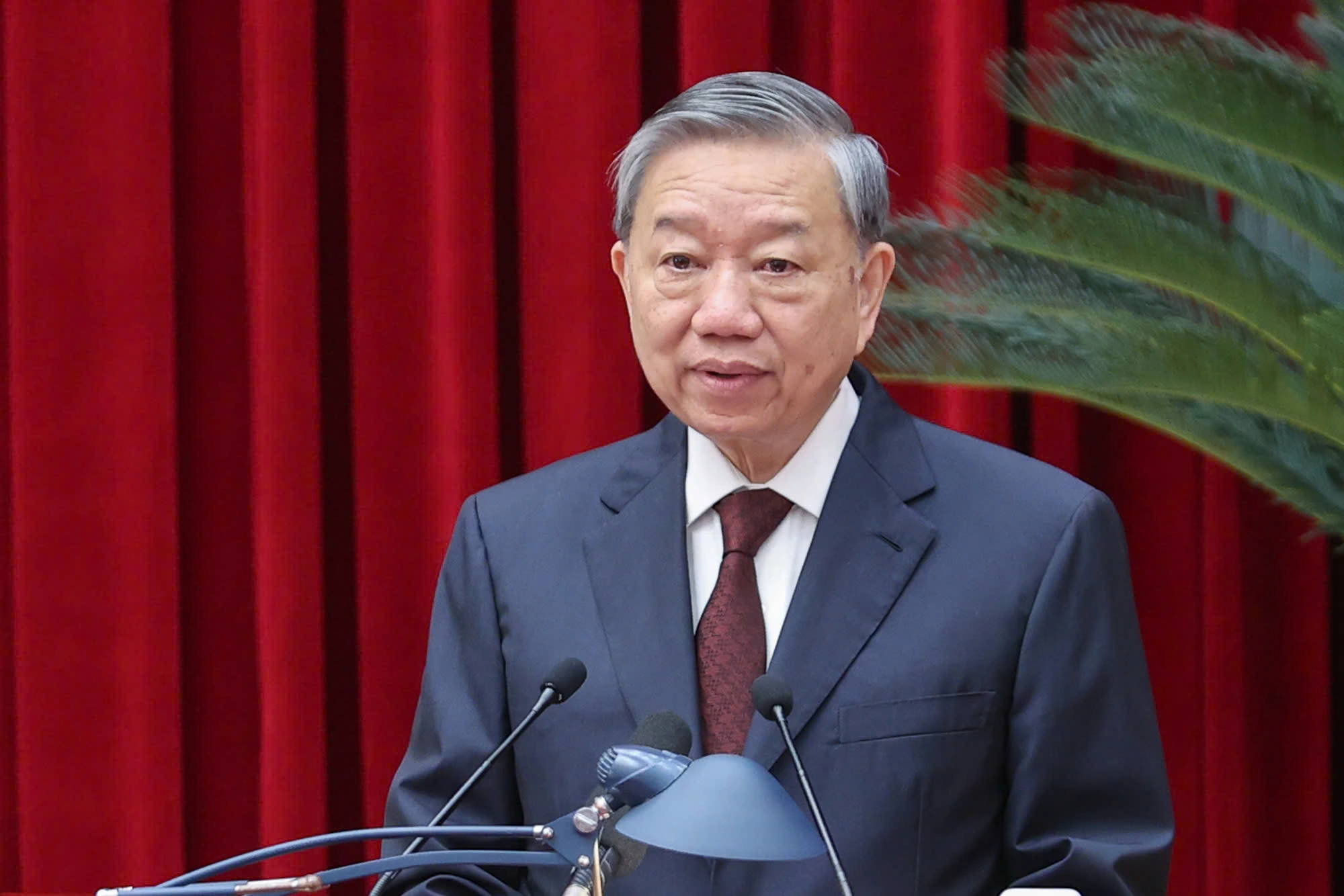
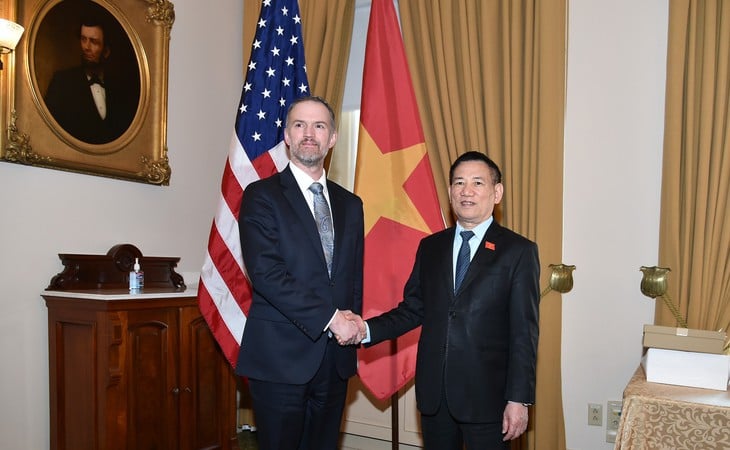

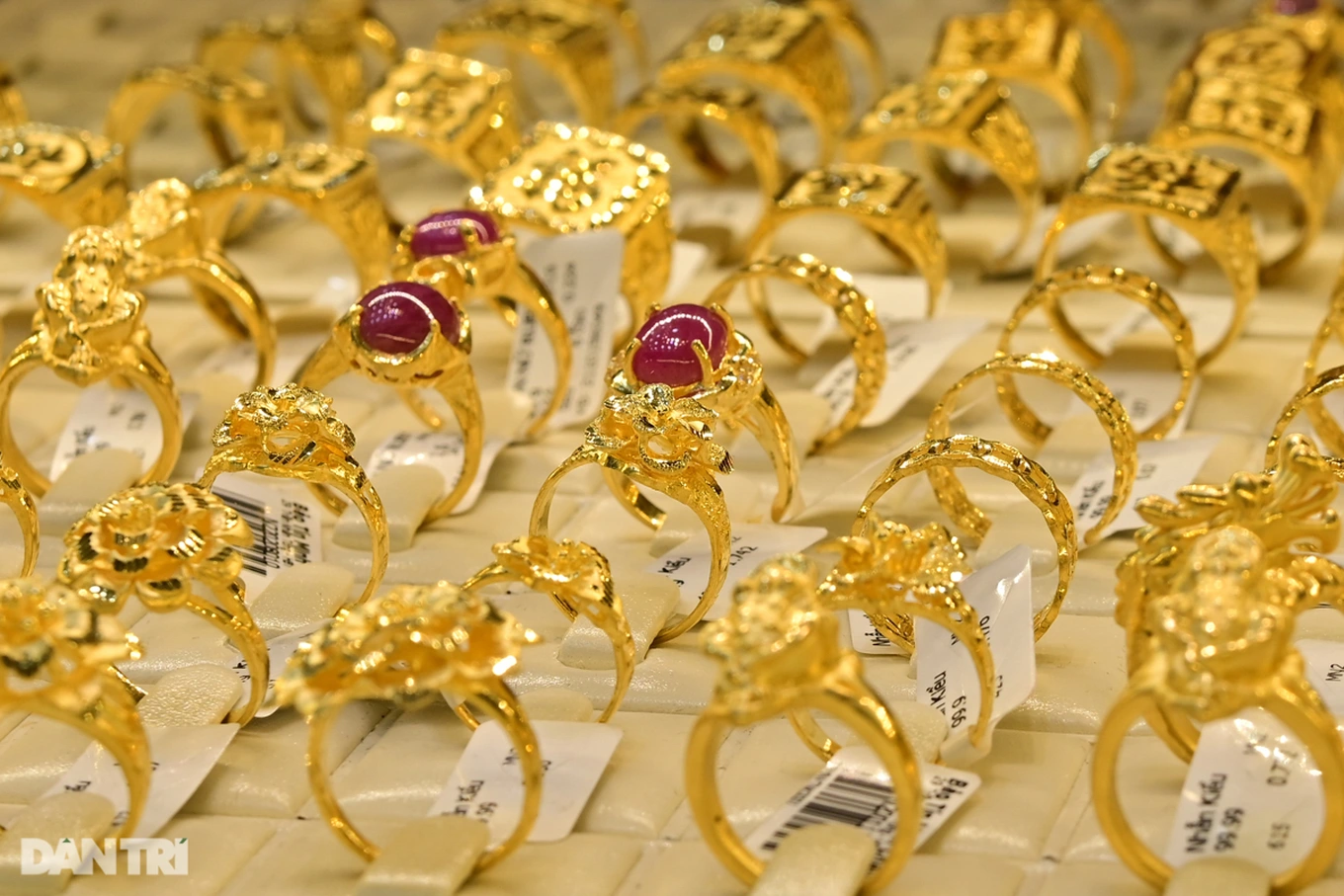
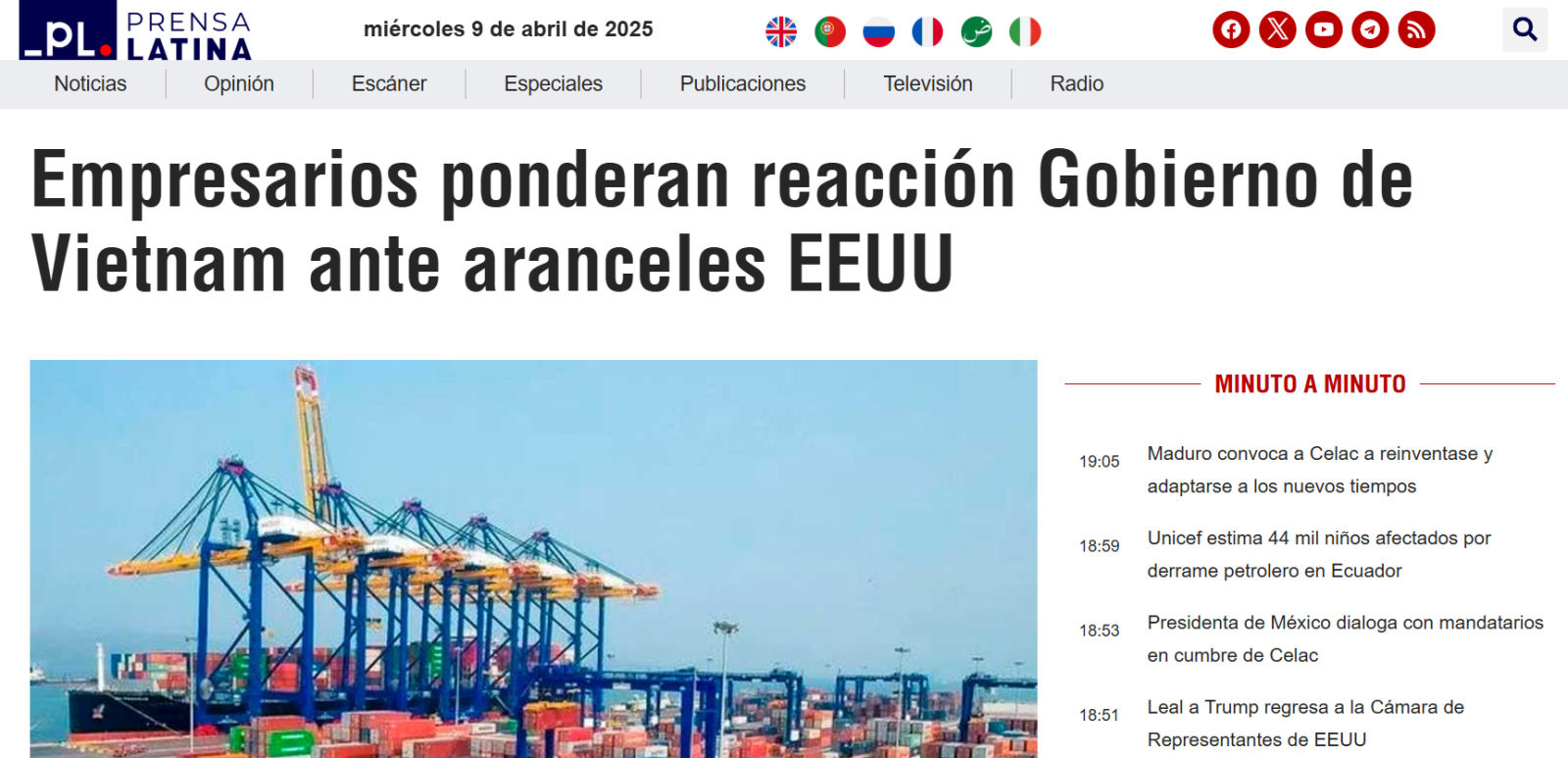



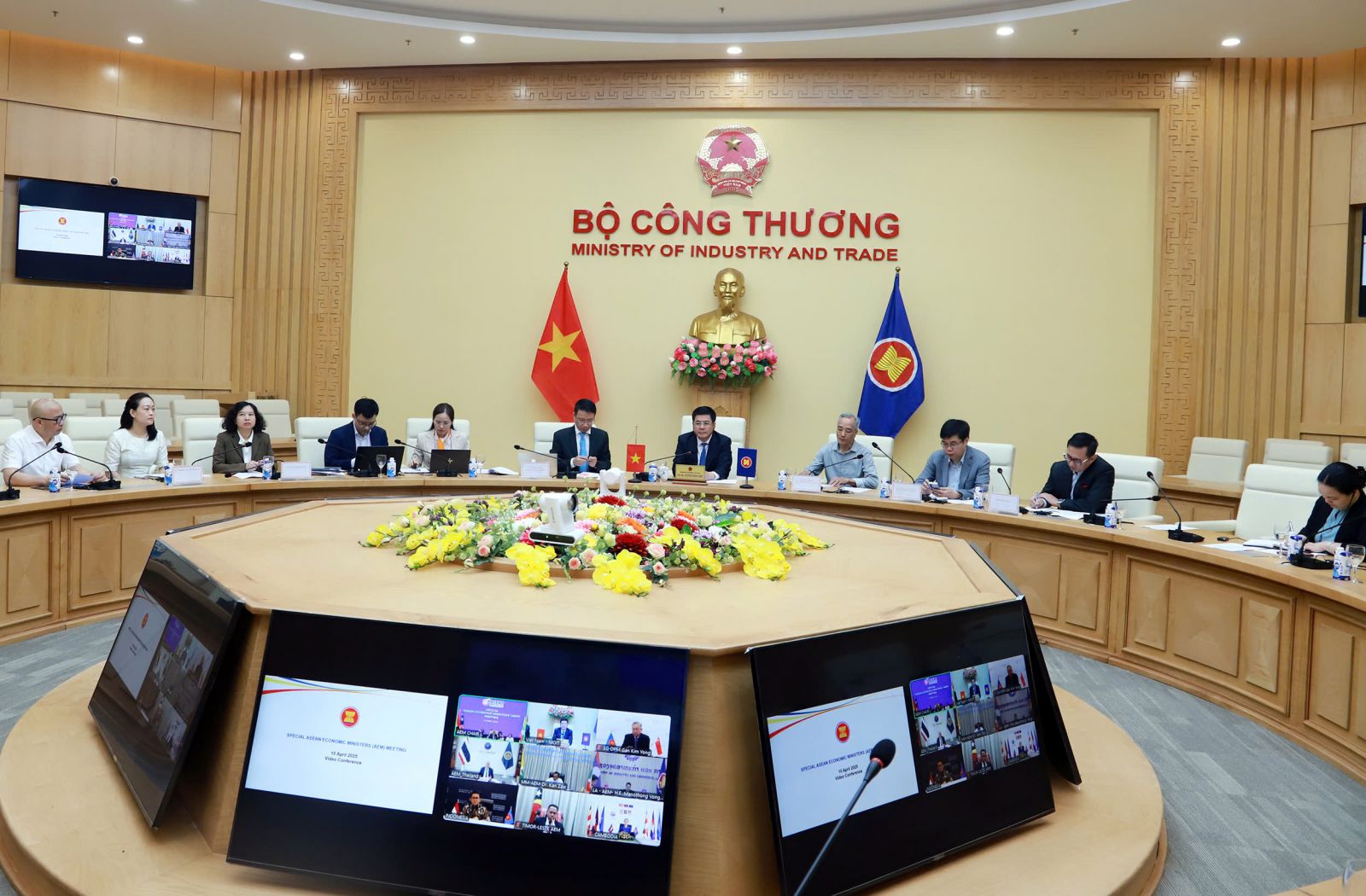

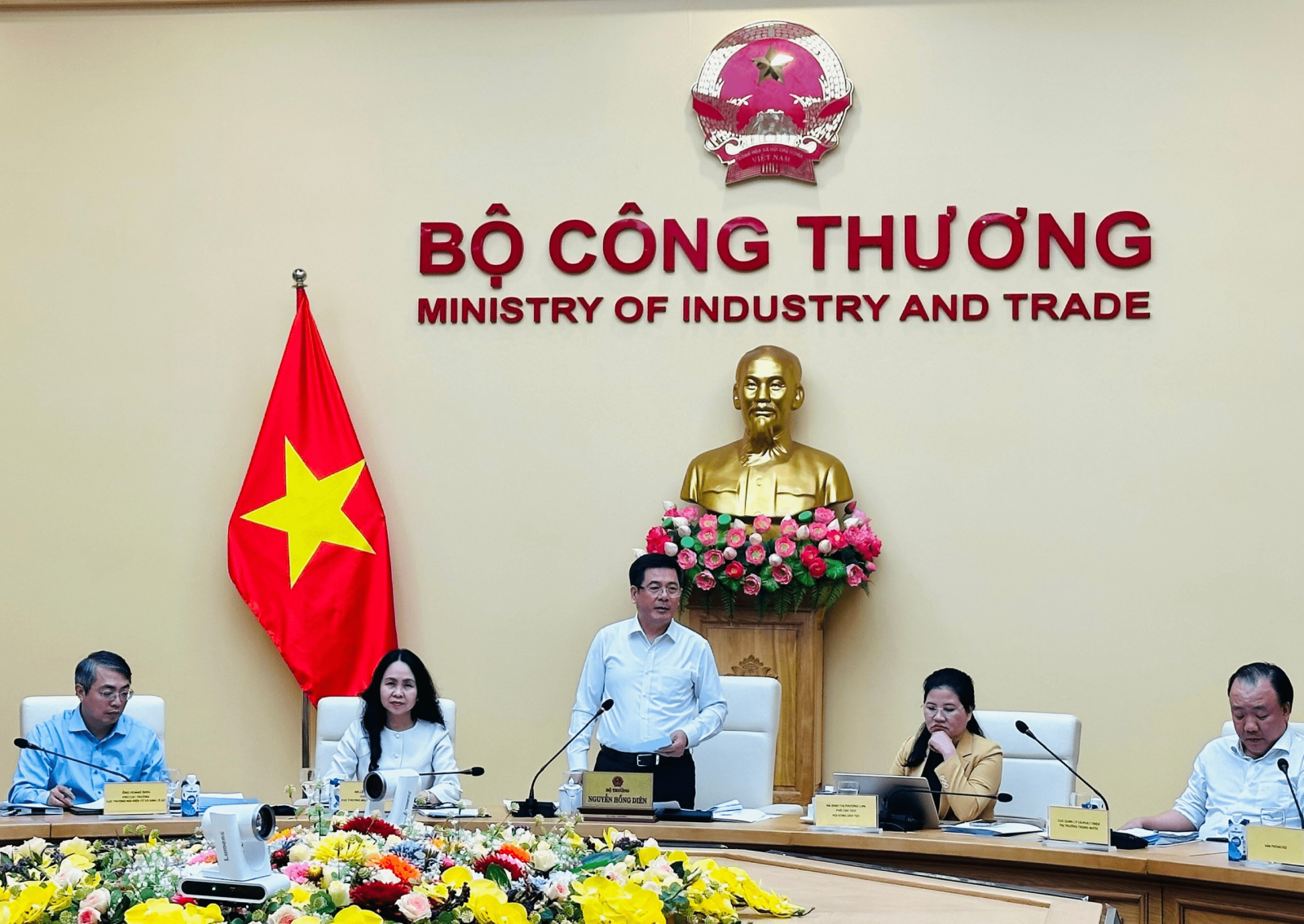
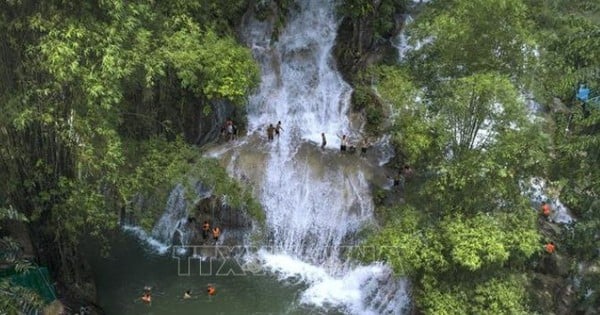

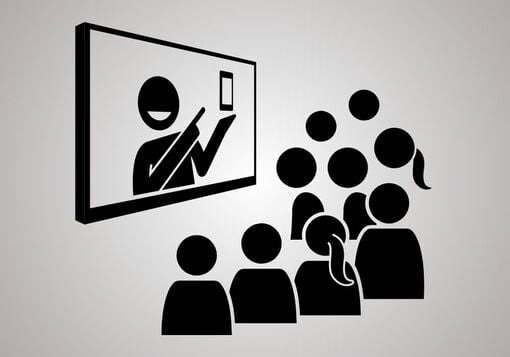


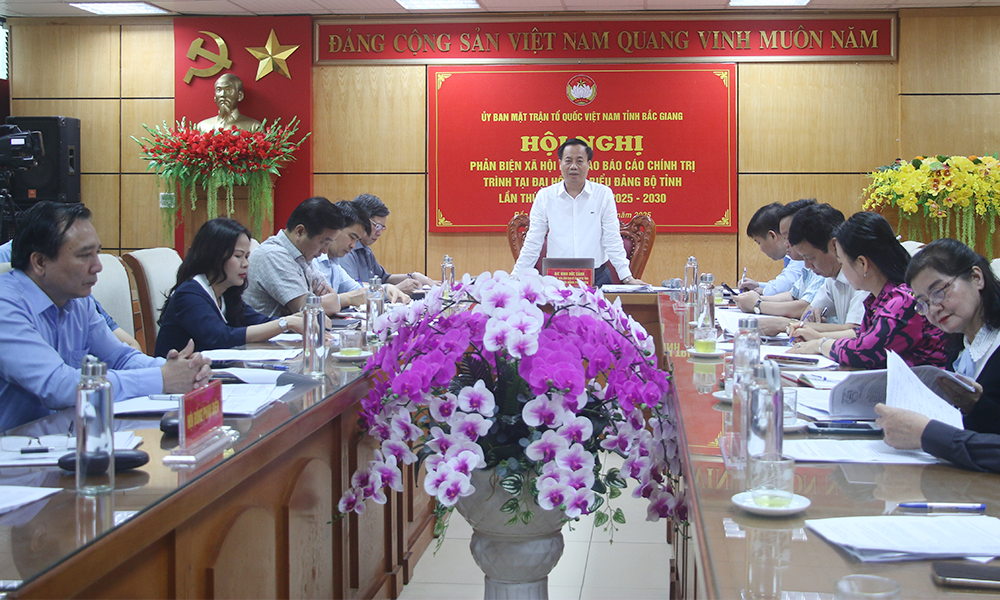

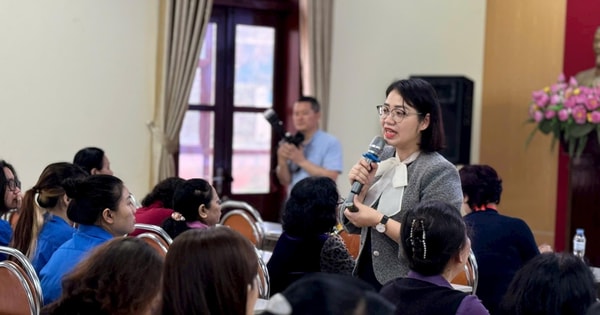


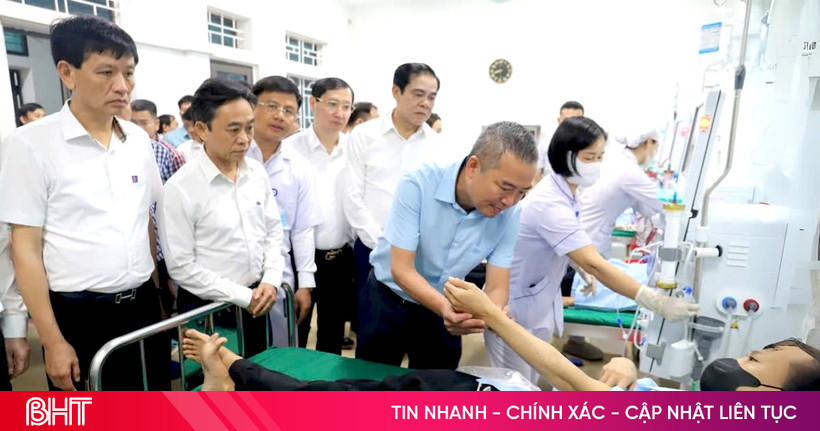

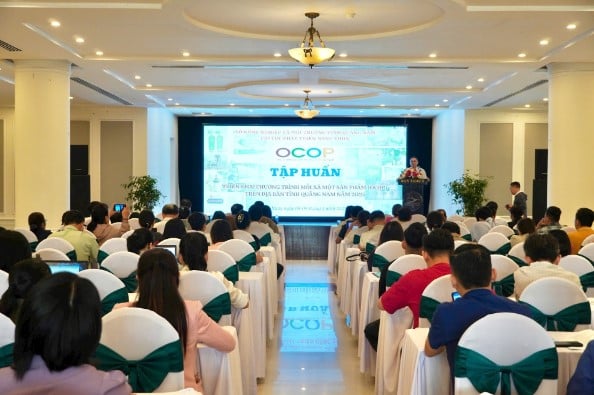

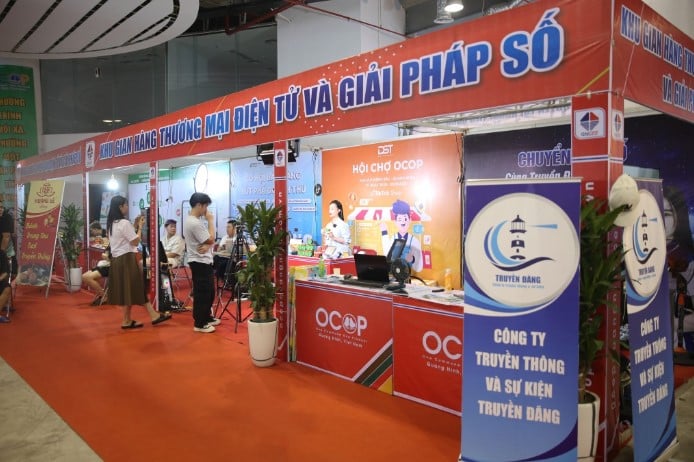
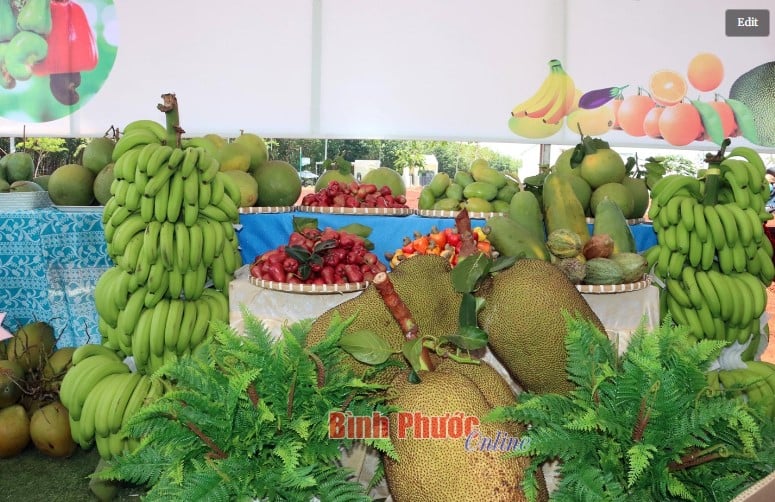
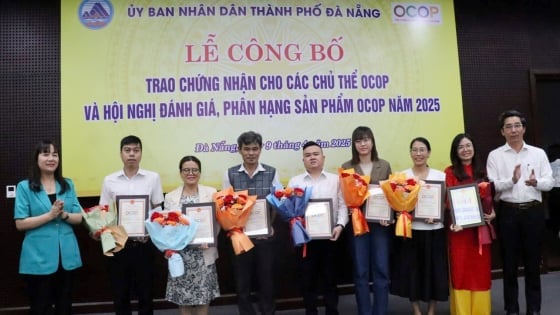

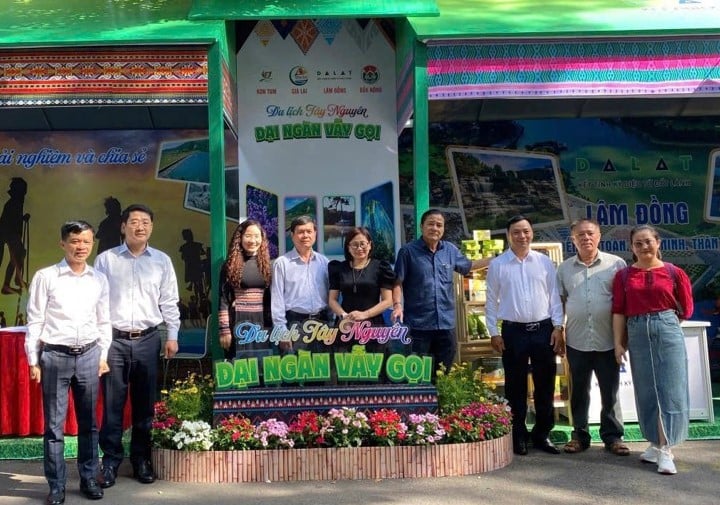

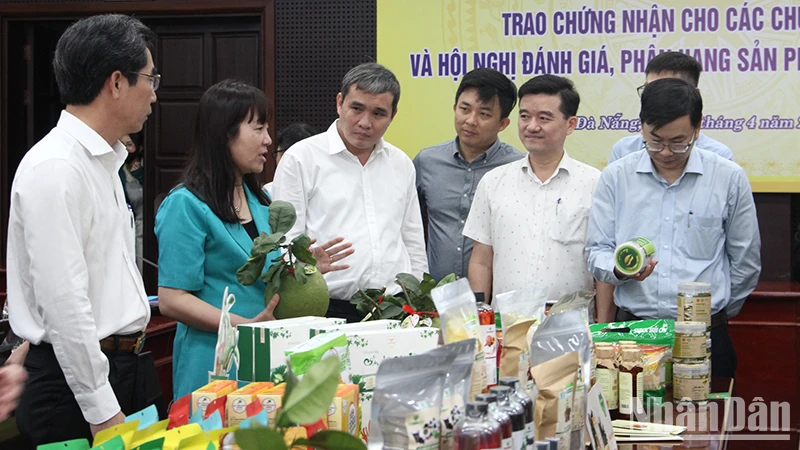
Comment (0)